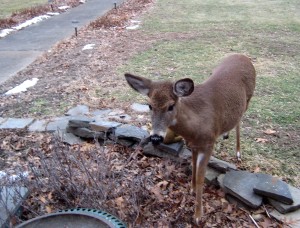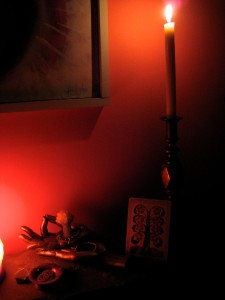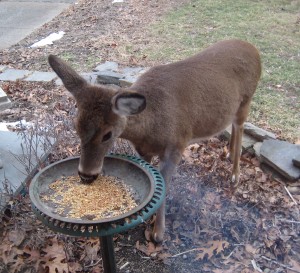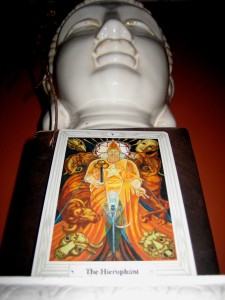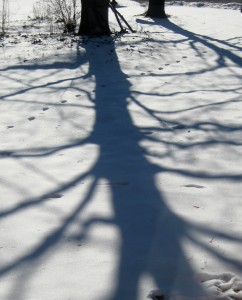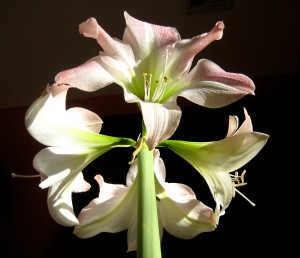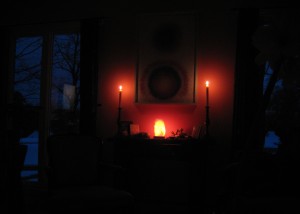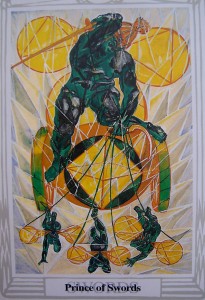
Our thoughts, beliefs and attitudes…
– Photo by Jan Ketchel
Wednesday’s storm wiped out creative time to conceive a blog. Between consultations with people in faraway lands and snowplowing, I had only enough energy to take in the final episode of Downton Abby, courtesy of iTunes’ release of the full UK season.
That night I dreamt of visiting a heroin-addicted son in prison. A foul smell permeated the visiting room, fumes from a bathroom, reminiscent of the third floor of a nursing home, where those in the most disabled states reside.
The next morning I pulled the Prince of Swords from the Tarot, clearly charged with the task of cutting through limiting beliefs and thoughts that impede the intuitive exposition of where things really are.
The persona is cracking. That’s where things really are. Literally, the actors and directors who wear the personas—Philip Seymour Hoffman and Woody Allen (and don’t forget Roman Polanski!)—deemed by many to be the greatest of this generation, are revealing their shadows, the foul smelling shadows of addiction.
I refuse to enter the debate as to what Woody Allen did or did not do. That is a question that must be answered in one world, but in the scope of our multidimensional, interconnected, many-world-beingness there is meaning for all of us in the specter of addiction, be it heroin or pedophilia.
We must cut through, as the Prince of Swords suggests, the pervasive limiting stigmas and beliefs that refuse to see and accept the truths of our current consensual reality. The walls of the collective persona that uphold that consensual reality are cracking and greater truths are being revealed. The shadow of addiction is pervasive; no matter how hard we try to hide it or put blame “over there,” it is everywhere. I bear the tension too, as a father who has publicly acknowledged the impact of addiction on his own family. I carry no stigma. But what is the deeper issue here?
The shaman don Juan Matus made it very clear that for humankind to survive now, we must enlarge the confines of our consensual reality to incorporate energetic reality. He went on to suggest that the profusion of drugs in the modern world is symptomatic of the need and hunger for expansion. On one level, addiction is about refusing to grow up—choosing in heroin the embryonic return to wholeness, or the seeking of the fountain of youth, eternal life, in pedophilia. These aberrations must be outed and stopped so that a deeper, more meaningful expansion may become acceptable.
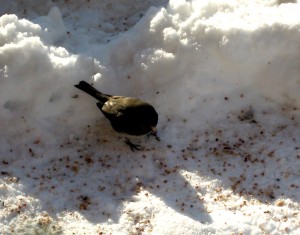
we must all face our shadows…
– Photo by Jan Ketchel
And so, we must pay heed to the deeper collective bursting at the seams of our current consensual reality. Addiction is a symptom of a world drastically in need of changing its course. Yes, addicts are aberrant; they are destructive casualties of that need for change, driven without consciousness to seek a means of breakthrough to energetic reality. But it is a failed course of action.
The only viable alternative is to take hold of the wheel of change and drive onward with full consciousness. On an individual level, we must face the fallacy of the masks we wear to feel acceptable. With fortitude we must face the truths of the shadow self—all the repressed unacceptable behaviors, thoughts, desires, that lie in our darkness. We must cut through what holds us back from experiencing our own energetic reality. The process of recapitulation clears the channel for the emergence of the true spirit that heralds new energetic possibility—the much needed change that don Juan talks about.
Let the heralding of the cracking of the persona by the actors and directors of our time not go to waste, but lead us into the real life changes that will take us beyond the projective screens of Hollywood into a new energetic reality. May we all be bearers of the sword!
Cracking through,
Chuck

